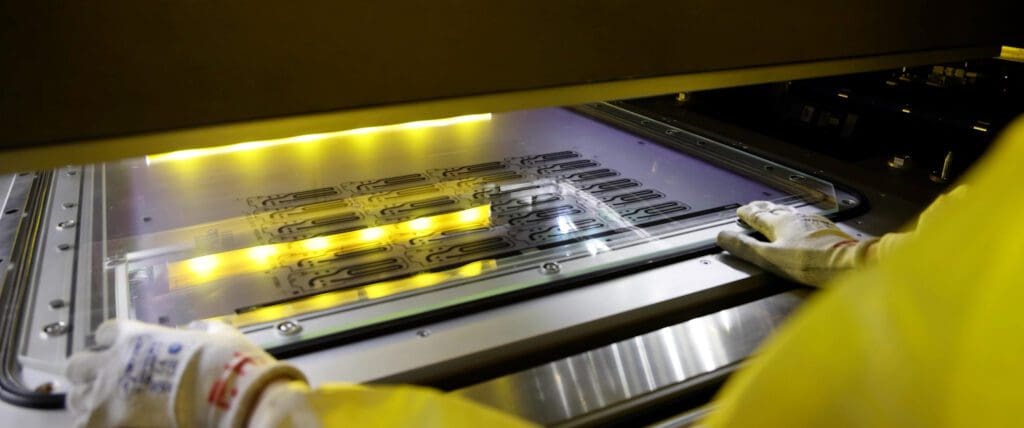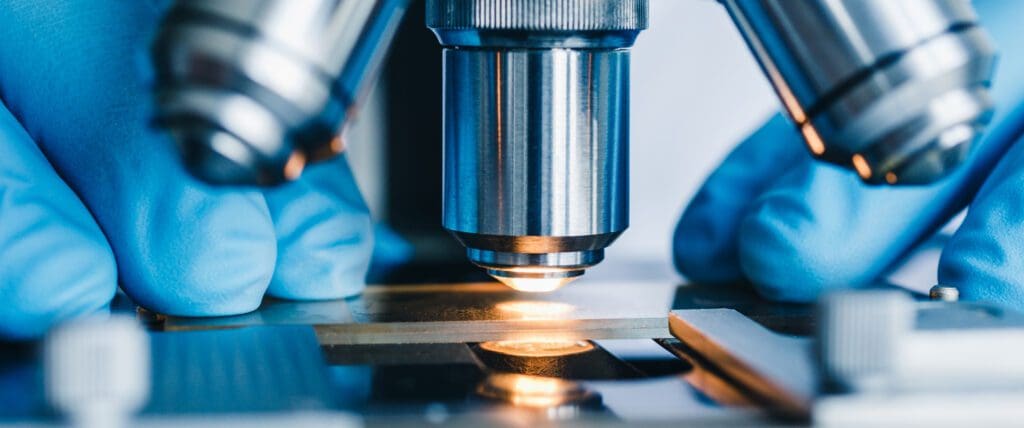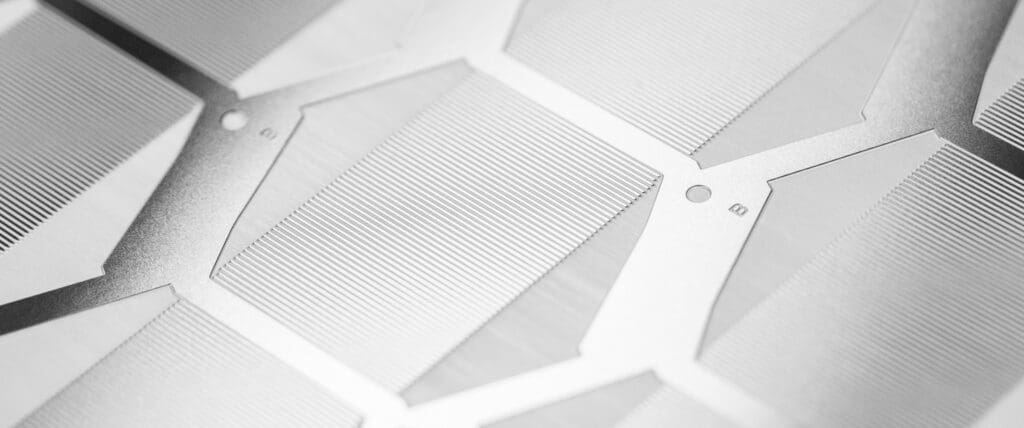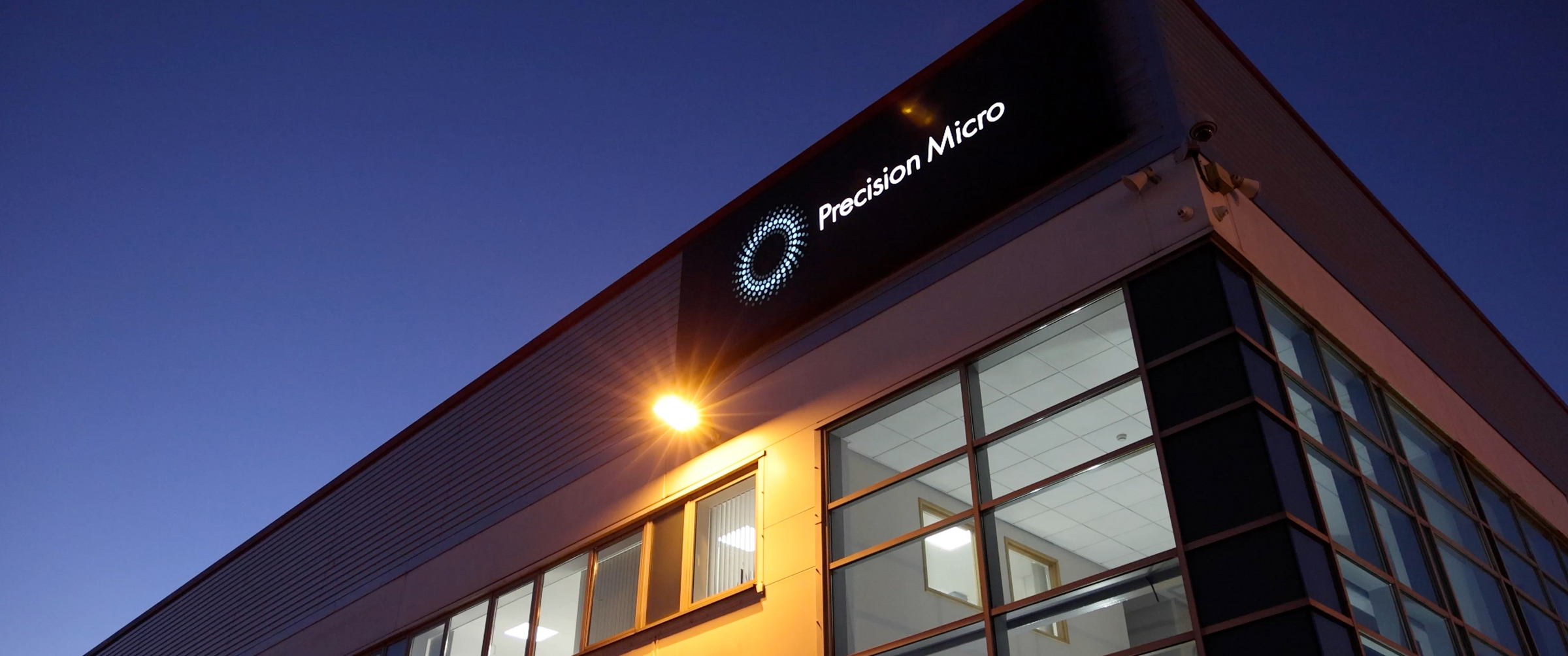Plate heat exchangers: Why engineers should consider chemical etching

Plate heat exchangers are used across a wide range of applications, including waste heat recovery, refrigeration and oil and gas production.
Though there are various kinds – ranging from cold plates though to printed circuit heat exchangers – in principle, they all ensure the transfer of heat between two fluids.
The building of plate heat exchangers essentially involves a series of flat metal plates placed together, each machined with channels to allow the flow of different temperature fluids and the consequent transfer of heat between them. The dimensions and geometry of the channels are vital for efficient heat transfer.
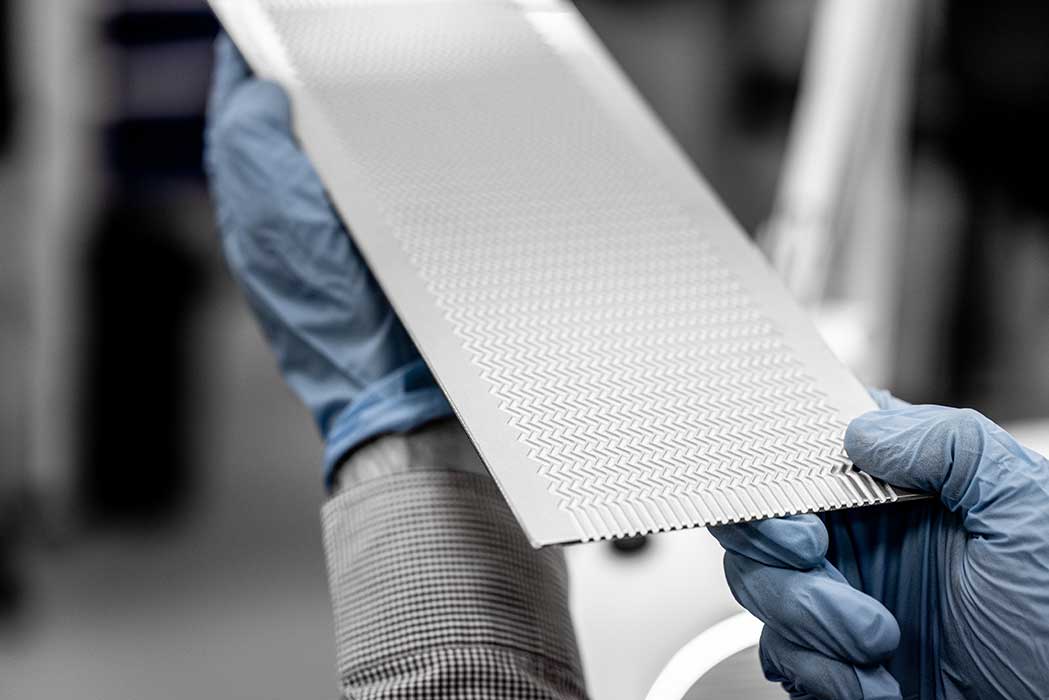
Traditional plate heat exchanger machining
In traditional plate heat exchanger manufacturing processes, metal is often pressed to create the desired geometry and flow channels. The more complex the geometry, the more time-consuming and expensive the task, with the associated tooling costs and any remedial post-machining work to remove any material stresses or burrs.
The high cost of tooling for traditional machining methods means experimentation and trial and error can be limited, but there is an alternative that can also bring various design advantages over conventional processes: photochemical etching.
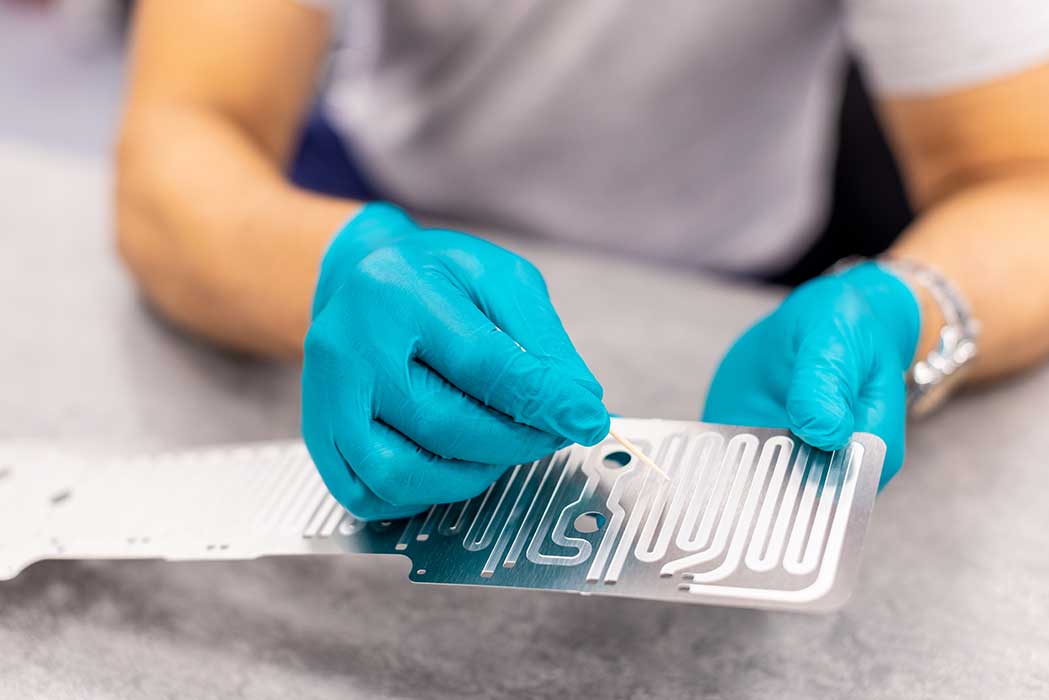
Benefits of chemical etching plate heat exchangers
Photochemical etching is the perfect choice for creating complex components with fluidic channels such as plate heat exchangers.
No mechanical and thermal stresses
Whilst pressing is commonly used to manufacture metal heat exchanger plates, it can compromise planarity. Chemical etching eliminates this problem as the process uses ambient temperature chemistry to subtract metal instead of force it into shape.
Low-cost tooling
Photo etching requires no hard tooling, the use of digital tooling is inexpensive to produce and adapt, and therefore allows designs to be optimised at minimal cost, in as little as a few hours.
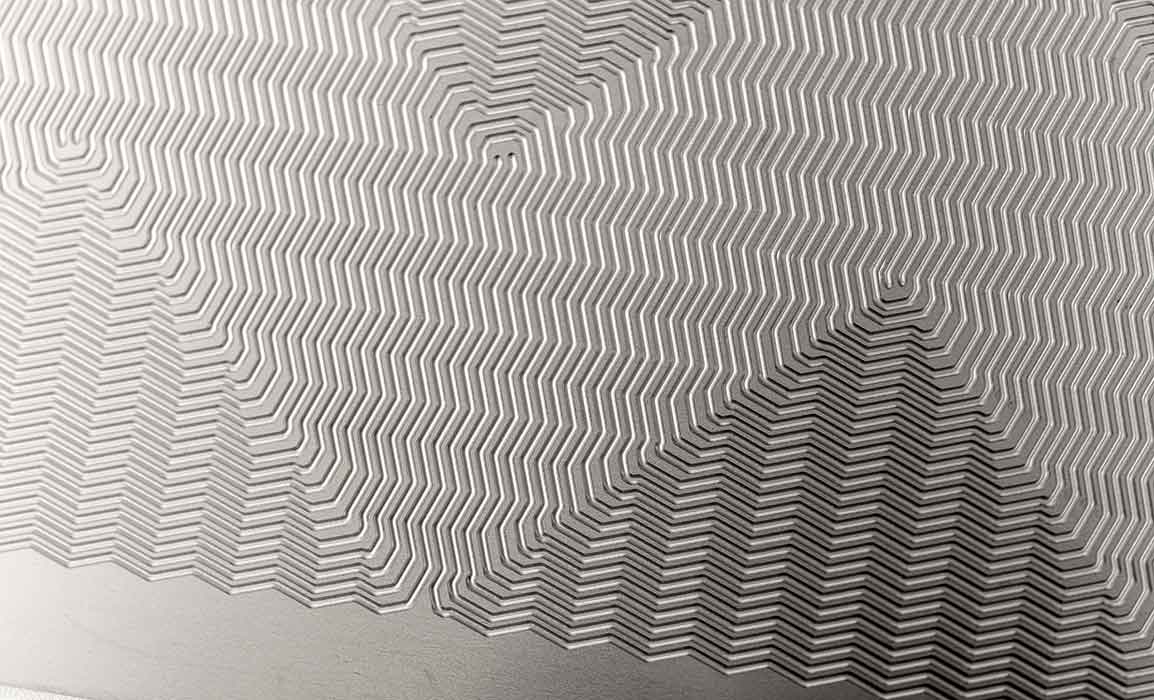
Precision accuracy
Photochemical etching is highly repeatable and incredibly precise, enabling precision microchannels from 0.1mm wide and 0.025mm deep with a consistently high degree of accuracy. This enables more compact and efficient heat transfer whilst reducing the surface area.
Suitable materials
Photochemical etching can create heat exchanger plates of up to 1500mm x 610mm in size and a thickness of up to 2mm. There are also a wide variety of materials that can be used, ranging from stainless steel right through to lightweight, heat or corrosion-resistant metals such as aluminium, titanium or Inconel. These metals can also be much more challenging to process using conventional machining methods.
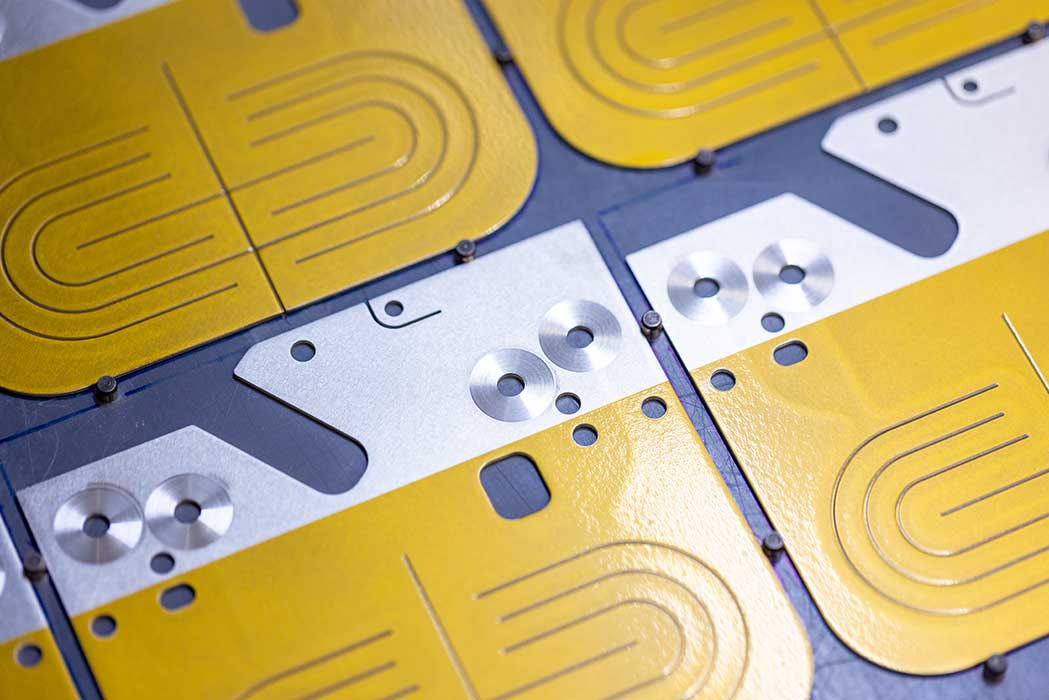
Scalable supply
With the fast setup of digital tooling, this agile and cost-effective machining method enables engineers to create designs featuring complex geometries which will be faithfully recreated. This process makes it ideal to test and optimise designs for optimum efficiency.
Precision Micro is Europe’s leading photochemical etching specialist, producing plate heat exchangers for some of the world’s leading names. With plates produced quickly and cost-effectively, photochemical etching is the machining process of choice for prototype to production heat exchange applications.
Find out how chemical etching can provide greater flexibility, cost and time savings in the machining of plate heat exchangers in your industry.
Chemical Etching Whitepaper
Learn how chemical etching can overcome the limitations of traditional sheet metal machining technologies.
Download